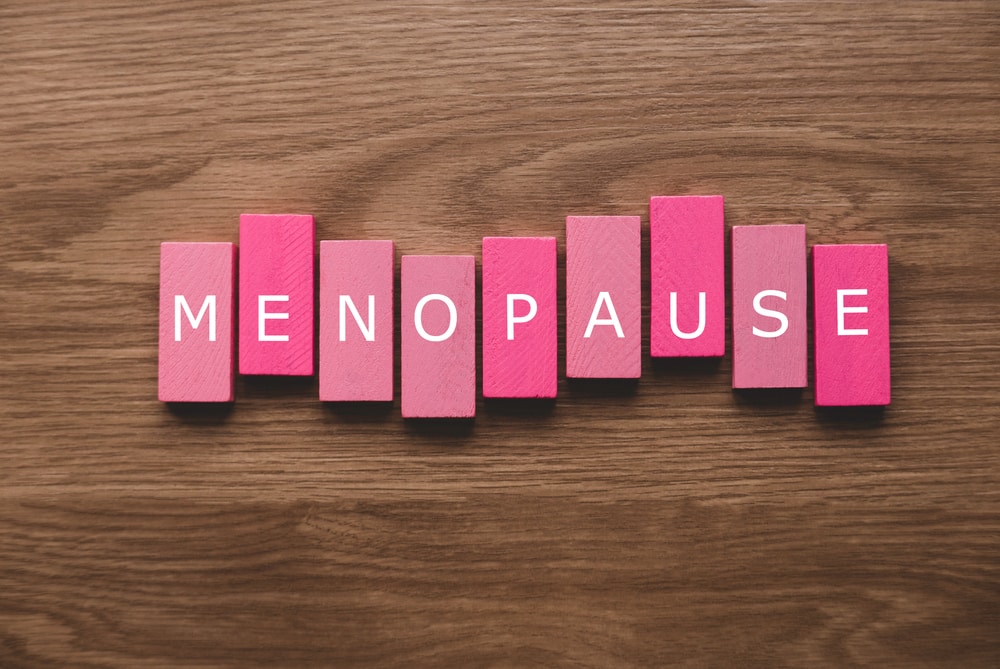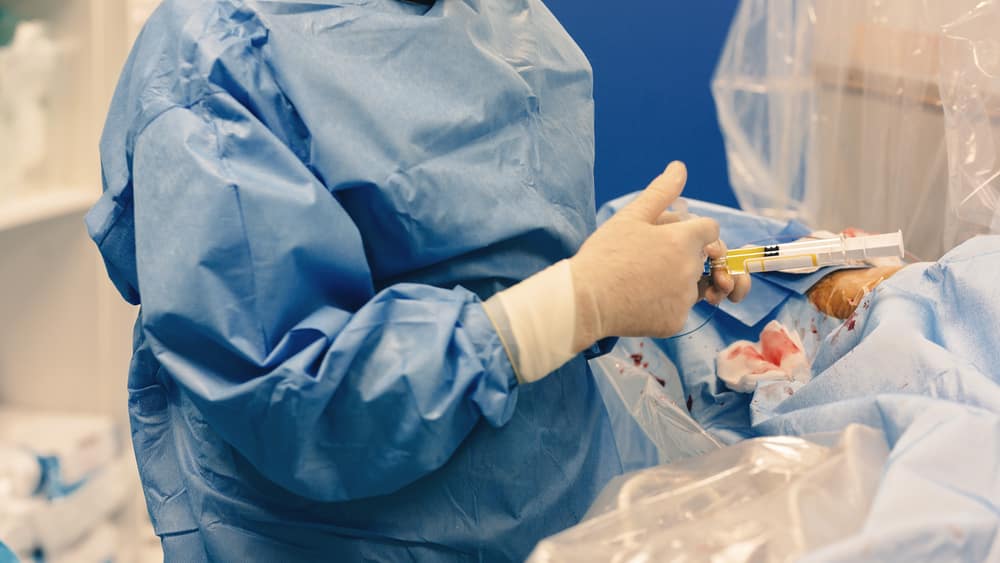For most women after menopause, the word “fibroid” comes with fear and a lot of questions. If you’re just as concerned, you’re at the right spot. Fibroids are small benign tumors that are commonly found in women of childbearing age. They develop in the wall of a woman’s uterus as small tumors or growth.
Most times, fibroids are also referred to as myomas or leiomyomas. While fibroids generally come with a level of discomfort and pain, they are usually non-cancerous or dangerous.
According to research, fibroids will affect up to 80% of women at some point in their lifetime, with black women being at higher risk.
This post will help you learn more about fibroids and their correlation to menopause.
Fibroids & Menopause
The development of fibroids is closely related to hormonal fluctuations in a woman of childbearing age. This explains why there is a significant decrease in the occurrence of fibroids after menopause. In fact, hormones like estrogen and progesterone contribute to the growth of fibroids.

During and after menopause (tender breasts or not), your body produces less estrogen and progesterone. As a result, the risk of developing new fibroids decreases. Also, preexisting fibroid tissues shrink and eventually die off due to a drop in hormone levels.
Typically, the risk for developing fibroids and the symptoms that accompany fibroids reduce after menopause. However, this is not always the case for all women. Some women have persisting fibroids that continue to grow even after menopause.
What Are The Risk Factors?
Certain factors increase a woman’s chances of developing fibroids. These include:
- High blood pressure
- Low vitamin levels
- Family history of fibroids
- No history of pregnancy
- High stress levels
- Obesity
- Age (30 years or older). Read our article on advanced maternal age.
- Race (black women are at higher risk of developing fibroids)
- There are also factors that may lower the risk of fibroids. They are:
- Pregnancy (the risk decreases as the number of pregnancies increases)
- Long term use of oral or injectable contraceptives
Symptoms of Fibroids
Fibroids can affect both premenopausal and postmenopausal women, although the symptoms are generally more severe in premenopausal women. Regardless of the age when they occur and the size of the fibroid, the symptoms of fibroids include:
- Enlarged abdomen
- Heavy bleeding between periods
- Increased menstrual cramping
- Pain during sex
- Increased urination
- Low back pain
- Feeling of pain in the pelvis
- Anemia from loss of blood
- Fatigue
- Fever
- Headaches
- Urine leakage
Nevertheless, it is important to note that in about 50% of women that have fibroids, there are no symptoms. The condition is only diagnosed during a routine visit to the gynecologist and a pelvic examination is carried out.
Treatment of Postmenopausal Fibroids
Before menopause, fibroids are not usually a cause for alarm. Many women choose not to undergo any treatment for fibroids because of their tendency to shrink and naturally disappear after menopause.
However, in women with severe symptoms, a range of treatment options might be necessary. A doctor will consider a number of factors before deciding on a suitable treatment plan.
Some of these factors are:
Size of the fibroid
Age of the woman
Degree of symptoms
Overall health status
Depending on these factors, the following are treatment options available for taking care of fibroids:
1. MEDICATIONS
Hormonal therapies
One possible way to manage symptoms such as pain and excessive bleeding is by the use of birth control pills. This is simply hormone replacement therapy (HRT). Other hormonal treatments include progestin injections and intrauterine devices (IUDs) that contain progestins.
You should note that these won’t shrink the fibroids or cause them to go away. However, they will reduce the pain and bleeding caused by fibroids.
Pain drugs
NSAIDs (Non-steroidal anti-inflammatory drugs) like ibuprofen and acetaminophen may help to relieve some of the pain associated with fibroids.

Iron supplements
The use of iron supplements or the consumption of food rich in iron can help prevent anemia due to excessive loss of blood in women with fibroids.
2. SURGERY
Sometimes, it’s best to surgically remove the fibroids. This may take different forms depending on how severe the case is. The following are the available surgery options available for the treatment of fibroids:
Myomectomy
This involves the surgical removal of fibroids without removing the uterus. It is usually considered before a hysterectomy (surgical removal of the uterus) is considered. A myectomy is the best option for women who plan to have children in the future.

However, if fibroids come back after a myomectomy, your doctor will recommend a hysterectomy given that you don’t plan on having children in the future.
Hysterectomy
If fibroids are recurring and present with severe symptoms, a hysterectomy may be considered the best option. It involves the surgical removal of parts or all of the uterus.
Hysterectomies may be recommended for women who:
- are close to menopause
- have very large fibroids
- have multiple fibroids
- are already past menopause
- want the most definitive treatments
- have no plans for childbearing in the future
3. Non/Minimally Invasive Procedures
Myolysis
This procedure involves the destruction of fibroids and their blood vessels with heat or an electric current. A doctor inserts a needle into the fibroid and destroys the fibroid tissue with an electric current or heat/freezing mechanism.
Endometrial ablation
This involves the removal or destruction of a woman’s endometrial lining in order to control the symptoms of fibroid. Methods like heat, hot water, electric current, or extreme cold can be used to destroy the lining of the uterus.
Uterine artery embolization (UAE)
This involves blockage of the blood vessels that supply the fibroids. A surgeon inserts sand-like particles into the artery that supplies the fibroid and this blocks blood supply to the artery. This will prevent nutrients from reaching the fibroid and eventually, the fibroid will shrink.
In Conclusion,
Fibroids are very common in premenopausal women, but can also be developed during or after menopause. Most times, fibroids will shrink and not cause symptoms after menopause. However, it is best to speak to your healthcare provider if you are worried about the possibility of developing fibroids or if your symptoms are severe. Furthermore, a doctor can officially diagnose a fibroid and offer treatment advice or options that are specific to your situation.

